Casey Cochran of the Green Guide Network (also affiliated with Keep A Breast) recently sent me a long list of questions related to what makes Playa Viva Sustainable. I’ve been asked those questions more and more over the last few days so I figured it was time to blog about it.
Here are Casey’s questions and my answers. Enjoy.
1. What makes Playa Viva sustainable?
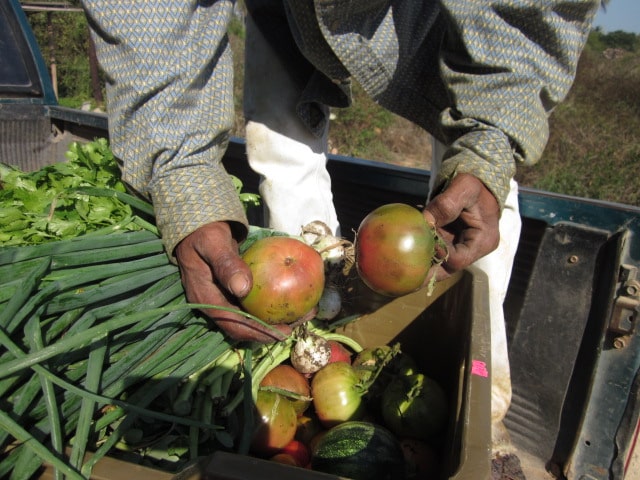
– Energy
o 100% off grid solar (only use LP gas for stove)
o Hot water heated by sun
– Water
o Grey water separated and use to water gardens – when you let the water run on your shower, you are just watering the garden
o Black water treated on site with natural systems – papyrus, not chemicals are cleaning the water that is going back into the ground
o Promote Clean water up watershed – Playa Viva sits on an estuary which is the “toilet”/receptacle for all the water coming down from the watershed, thus we take responsibility for what goes into the water upstream.
– Food
o Organic Garden onsite – we try to grow as much of what we eat as possible – training locals on how to create and maintain gardens for auto-consumption, not just for farming corn, beans or other staples.
o Support Organic Agriculture through classes and purchase of organics via CSA (Community Supported Agriculture) program – more on our site via Canasta Viva.
o Promote Local sources for milk, cheese, coffee and other products either organic or farmer direct.
o Compost – all food stuff is composted and returned to our garden
– Building Materials
o used sustainably harvested local woods
o Local Craftsmanship – not only in buildings themselves but looked to local artisans for everything from light fixtures to dinnerware and textiles.
o Replenished materials used in construction on site including bamboo and wood – 10,000 trees planted in coastal restoration project
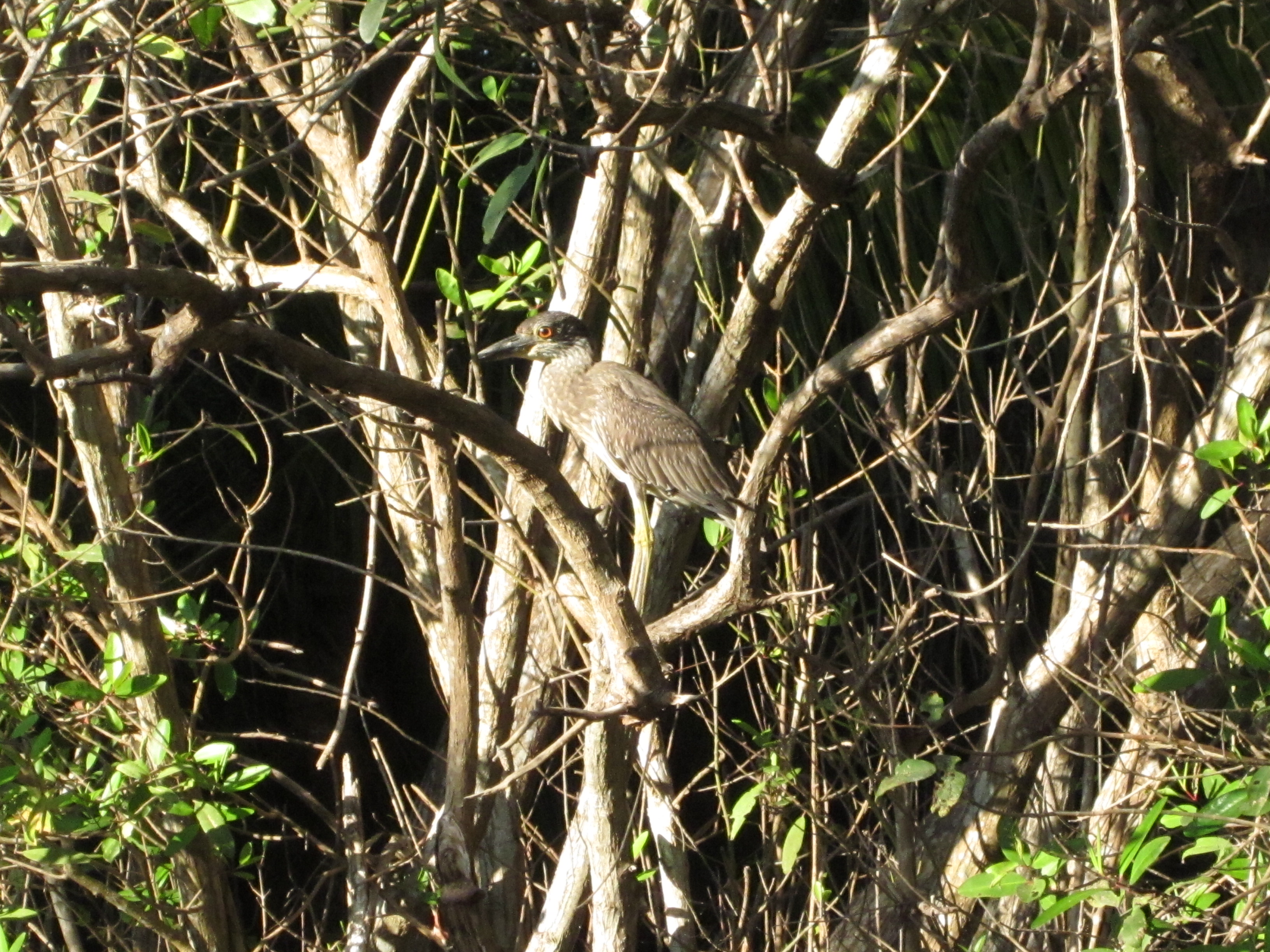
o Coastal Forest and Mangrove Restoration
o 85% of land placed in private reserve for restoration
o Support of Local Volunteers working in Turtle Sanctuary – more at La Tortuga Viva.
2. What steps are you taking to protect the local environment?
Per above, 85% of the land has been placed in a private reserve. We have been working for the last 4 years investing in permaculturist leading the restoration and regenartion of this area back to the coastal forest and mangrove system that once thrived here. Our work has included planting over 10,000 native trees, watering and nurturing these trees through to self-sustaining state, restoration of coastal lagoons invaded by cattle and invasive grasses, provided financial support to 14 local volunteers working at Marine Turtle Sanctuary that protected and released over 100,000 turtles including the highly endangered Leatherback Turtle.
This type of work can not easily be added to a list of room amenities (no mini-bar, no A/C, no TV, but you get 200 acres of coastal forest), so it is hard to quantify the value of this to our guests, yet once they are on site, the privacy, the intimacy with nature and the potential for transformational experiences through contact with these Natural Resources is quite high.
Other steps to protect the local environment include the support of organic agriculture to reduce pesticide use, promotion of higher prices for local artisanal salt to reduce use of contaminating plastic which they see as cost saver – more Sal Viva here. We organize trash clean up days both on the beach and the rivers working with the local school children, teachers, young entrepreneurs and other groups to promote healthy disposal of trash (vs. traditional dumping in rivers or burning methods)
3. What Eco-Friendly products do you use and can guest expect to benefit from?
Eco-Friendly products vary from:
– Purchase of local organically produced linens
– Use of organic soaps
– Use of Organic Towels (imported)
– It is difficult to find many organic or locally produced products in the Zihuatanejo/Ixtapa area, luckily the amount of consumables (everything from food to soap) is fairly small in quantities.
We wish we had better access to consumables such as organic and eco-friendly detergents, food, etc. We hope our presence will push hotels and our suppliers to carry these types of products.
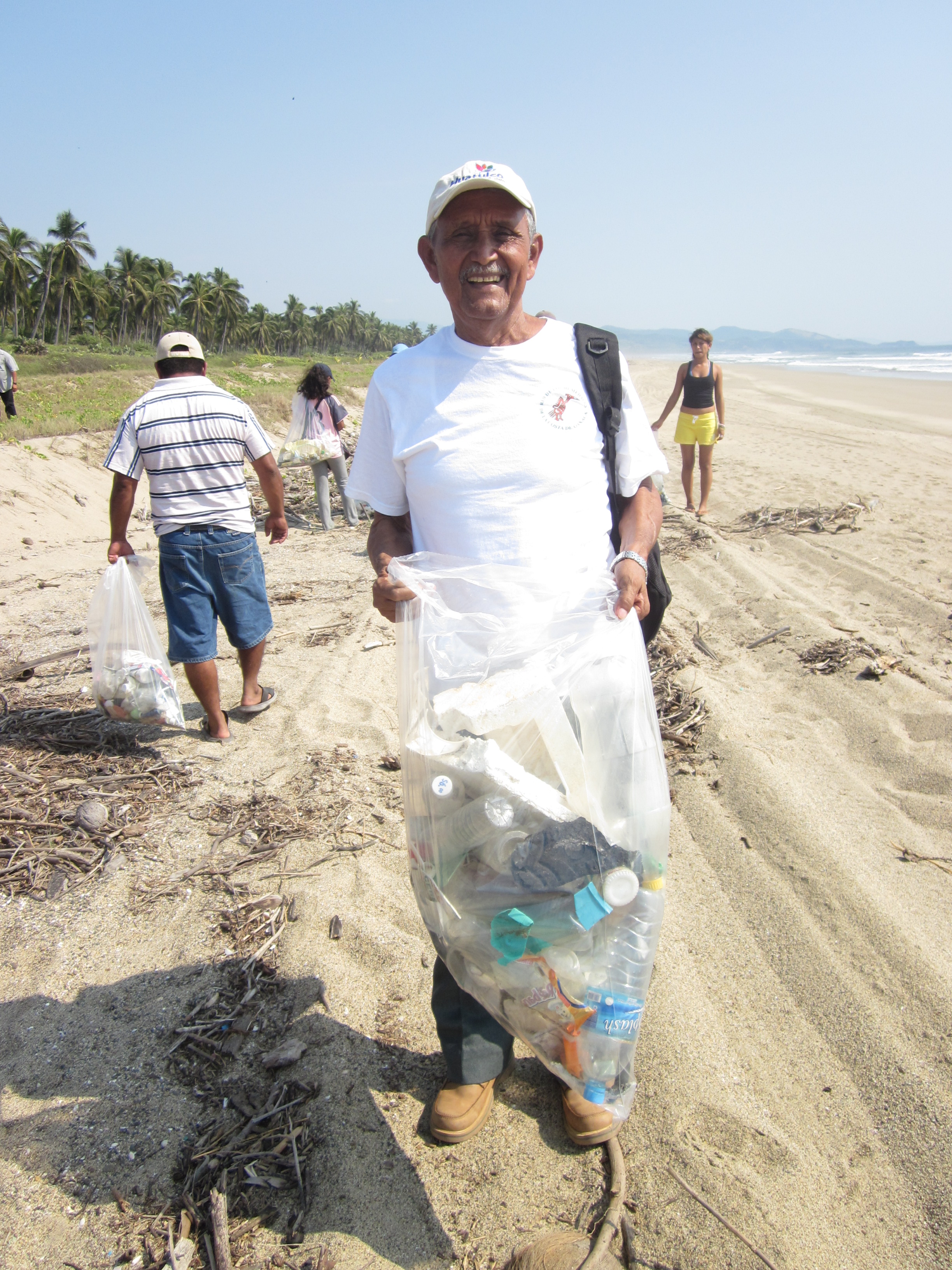
When we started building, we looked to go beyond green (doing less damage), beyond sustainable (net neutral) to being a truly regenerative development. Our inspiration is achieving the goal of regeneration (a philosophy first outlined to us by our design partner – Regenesis Group), of making the place better than when we found it. In our design Charette’s we agreed on these key values:
– Creating more energy than we consume (consume less)
– Produce cleaner water than when we started (consume less)
– Promote Biodiversity
– Develop Meaning Community
– Promote Transformative Experiences
– Create a Living Legacy
These values are what guide our work.
5. Where do the organic foods that you serve come from?
Per above:
– We have a garden on site that produces a decent amount of organic food
– We have developed relationships throughout the area and up the watershed to source organics (either certified by third parties or by farmers),
– We promote organic agriculture classes to develop knowledge and sustainable farming techniques that reduces farmers reliance on agribusiness,
– We promote a CSA to increase the market and value of organics in our area
6. How is your salt project Sal Viva helping protect the environment against toxins, and helping local farmers?
120 families are members of the salt coop. The salt is undervalued (it once was the valued tribute to Aztec kings as salt was a currency and valuable for curing meats and other food staples). Many familes have stopped harvesting salt, of those still harvesting, many attempt to reduce the initial cost of casting hand-made drying ponds of calcium and clay. These salt producers just line drying ponds with black plastic sheets. The result, imagine what salt brine soaking in black plastic in the sun for 5-7 days does to contaminate the resulting product (in comparison to educated westerners not wanting to use plastic to hold water for a few hours). Additionally, when done with plastic at the end of the drying season, the plastic is just discarded as waste to contaminate the lagoons from which the salt is derived. By raising the price of salt a few pennies for “traditional” salt, we can put enough pressure on plastic salt farmers to move to higher valued products that don’t contaminate the salt or the lagoon.
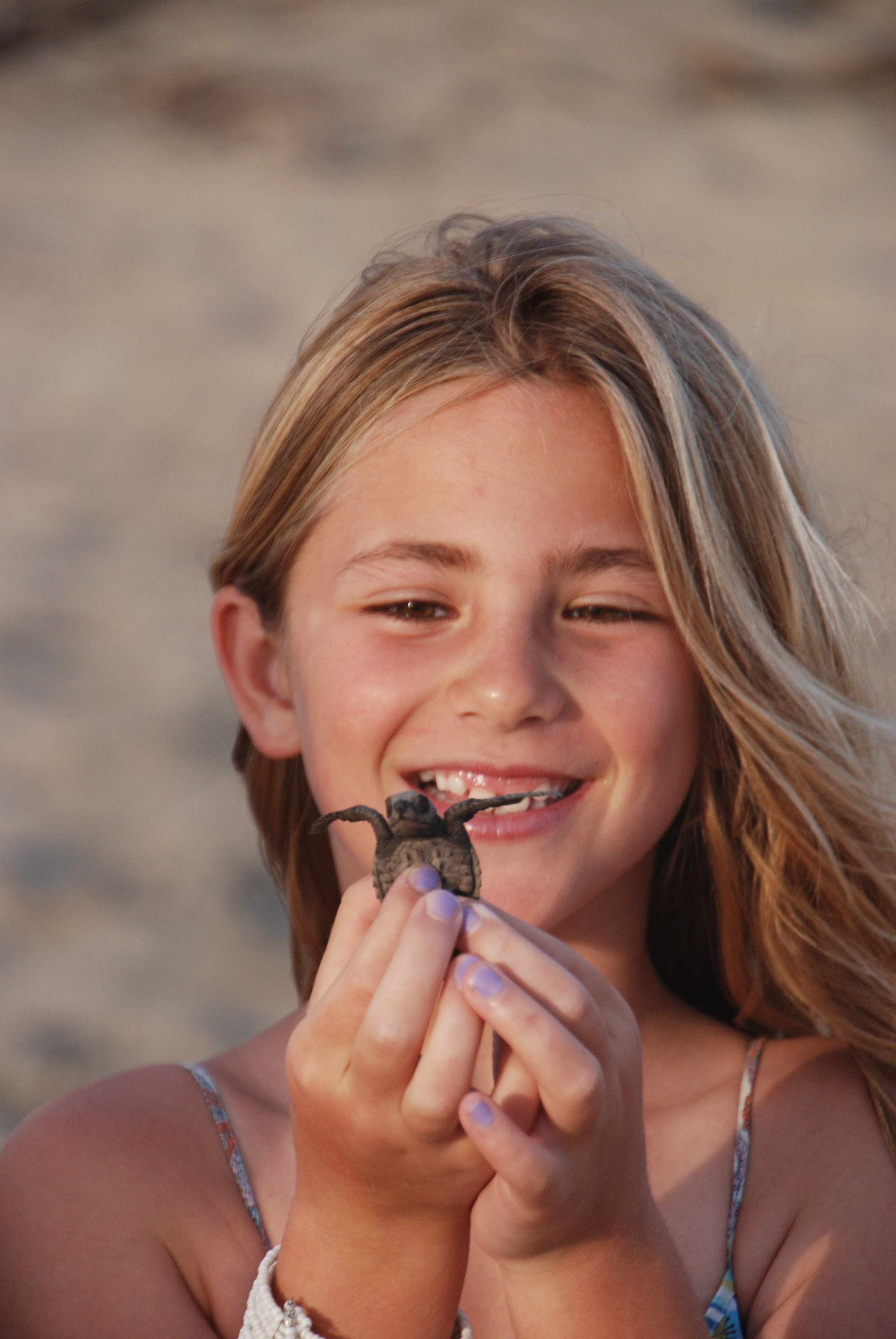
The turtle sanctuary is located right on Playa Viva’s property. It is “manned” by 14 volunteers from the town who work night shifts to collect eggs laid along an 8 miles stretch of beach to protect the eggs from poachers including dogs, raccoons, tejones and people (turtle eggs are still considered a aphrodisiac). We have had donations from guests and from groups such as SunPower Foundation that have allowed us to create a turtle sanctuary that can boast solar powered lights and electric fencing (to keep out predators), as one of the most advanced sanctuaries in the area (if not Mexico). Last year, 2010, this group of volunteers released over 100,000 baby turtles including a few highly endangered Leatherback turtles. They are in desparate need of additional funds to purchase an additional 4×4 ATV vehicle and other resources needed to patrol these beaches. The release of baby turtles and the night patrol with the volunteers is a wonderful life experience for young and old.
8. What makes Playa Viva different from other “private” resorts?
What makes Playa Viva different? All of the above. Playa Viva is “where your vacation meets your values”. We offer an eco-luxe experience so you get all the luxury and none of the guilt. We are a true triple bottom line business that generates tourism revenue but also focuses on a significant impact on the renerating the environment and a high level of social impact in raising the general welfare, health and educational opportunities of the community of which we are a part.
9. At Non Toxic Revolution, we believe that nurturing your mind and soul help improve your overall health. Can you tell us a little about the health and wellness programs you offer?
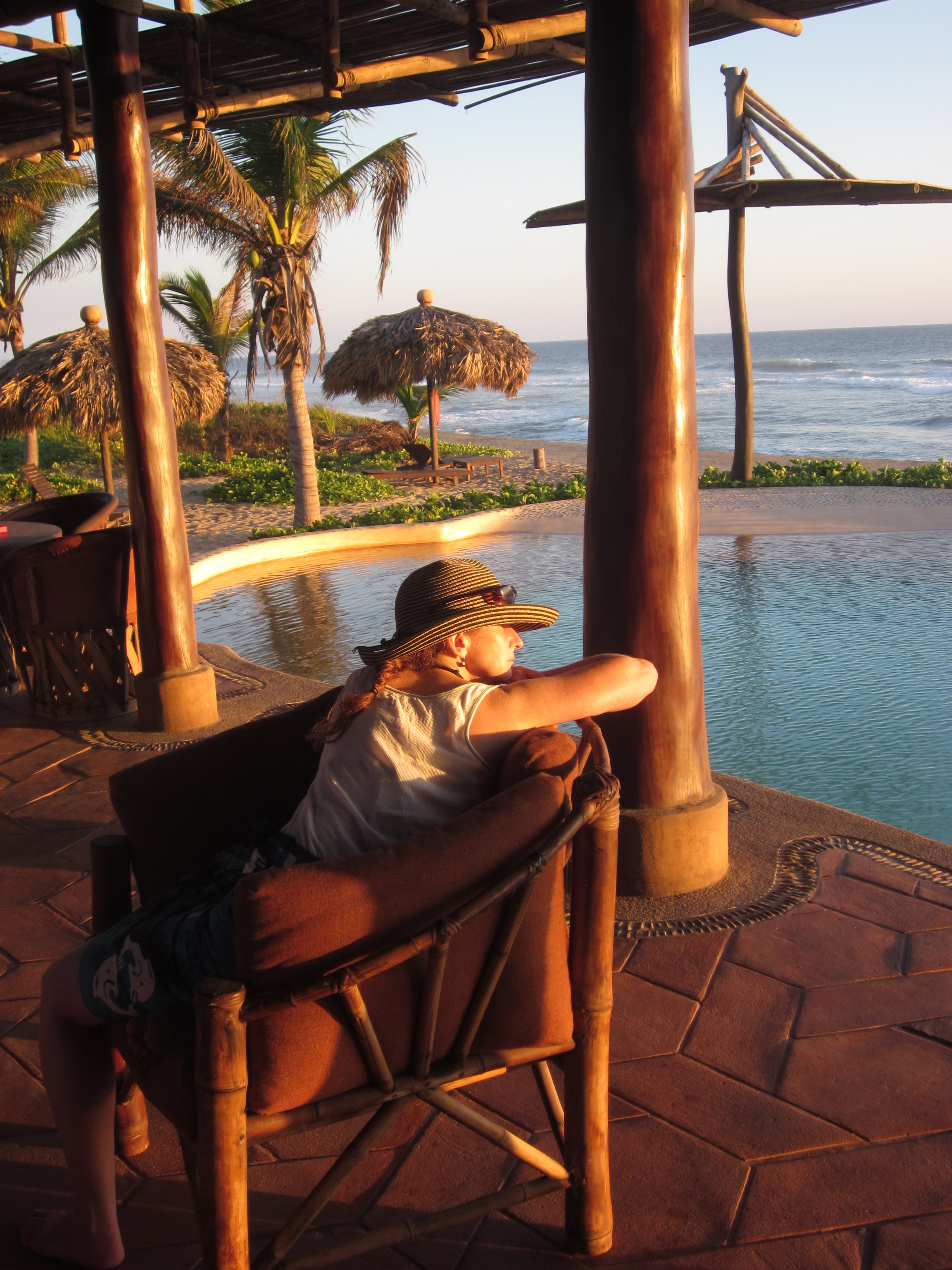
Healing Arts – We start with daily yoga and provide opportunities to connect with the natural environment from guided tours and hikes to working in the garden. We are providing more and more spa services including cleansing massages and use of locally harvested materials (coconut, mango, tamarind, salt) to create regenerating spa treatments.
Healthy Food – we try to connect people to land, community and food to promote slow food.
Ocean – the ocean is a great healer and cleanser.
Transformative Experience – When people come to Playa Viva, you just seem them switch gears, slow down, reconnect to themselves, their family, to nature, the cycles of day, stop to admire the sunset, become aware of the position and cycle of the moon, look up to the heavens to see more stars than they have seen for a long time, catch the pelicans diving for fish, a dolphin riding a wave, the baby turtles instinctively race into the ocean…and it is through this process of disconnecting and reconnecting that people nurture their mind and soul and leave healthier than when they arrived.

